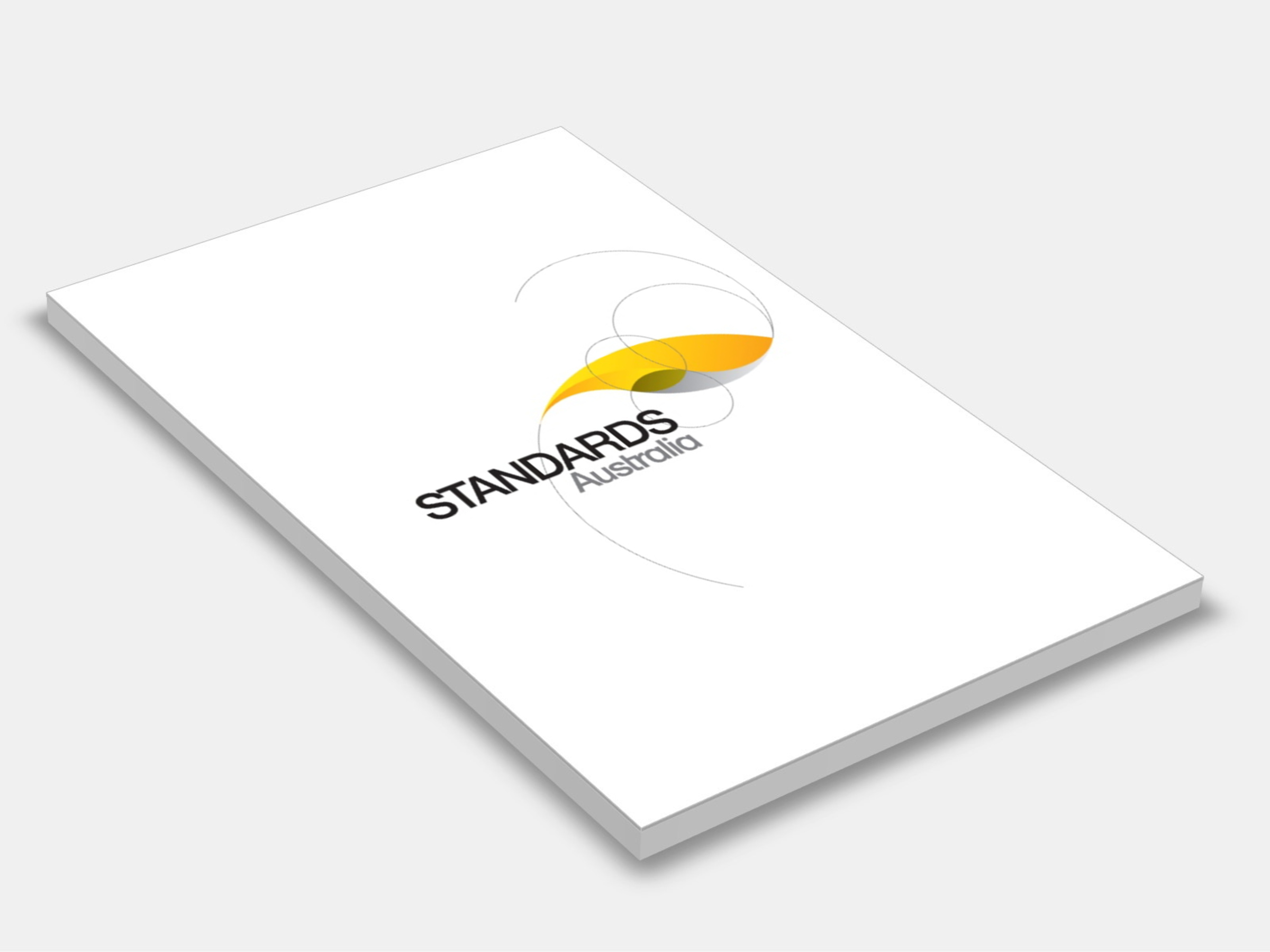
Type
Publisher
Standards Australia/Standards New Zealand
Publisher
Standards Australia/Standards New Zealand
Version:
Third Edition 2018.
(Current)
Short Description
Sets out minimum requirements for the design of structural members cold-formed to shape from carbon or low-alloy steel sheet, strip, plate or bar not more than 25mm in thickness and used for load-carrying purposes in buildings.

Type
Publisher
Standards Australia/Standards New Zealand
Publisher
Standards Australia/Standards New Zealand
Version:
First Edition 2017.
(Current)
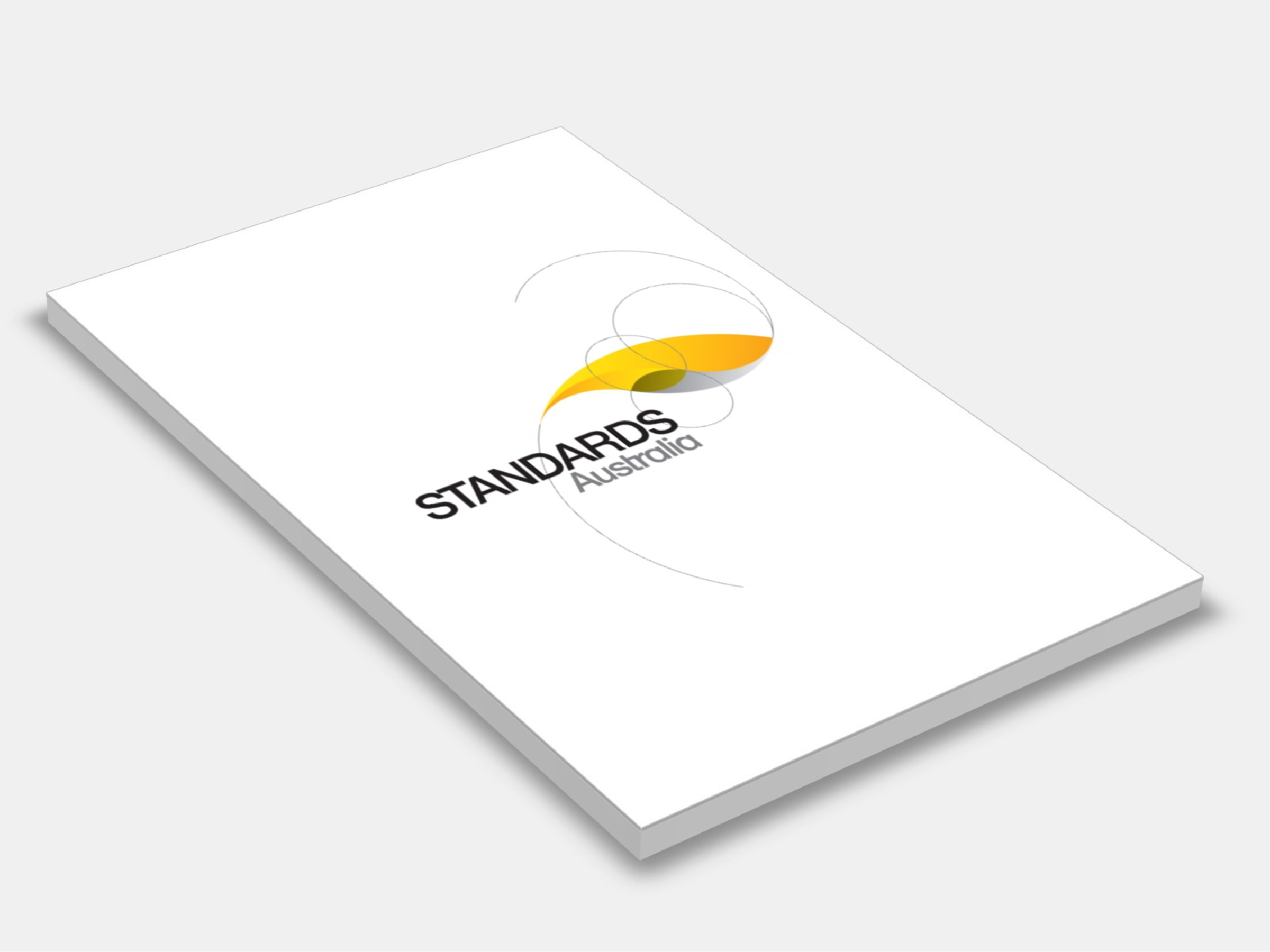
Type
Publisher
Standards Australia
Publisher
Standards Australia
Version:
First Edition 2015.
(Current)
Short Description
Sets out minimum requirements for the design, construction, installation and commissioning of mechanical smoke control systems in buildings; specific methods of smoke control are defined and the appropriate requirements specified for each.
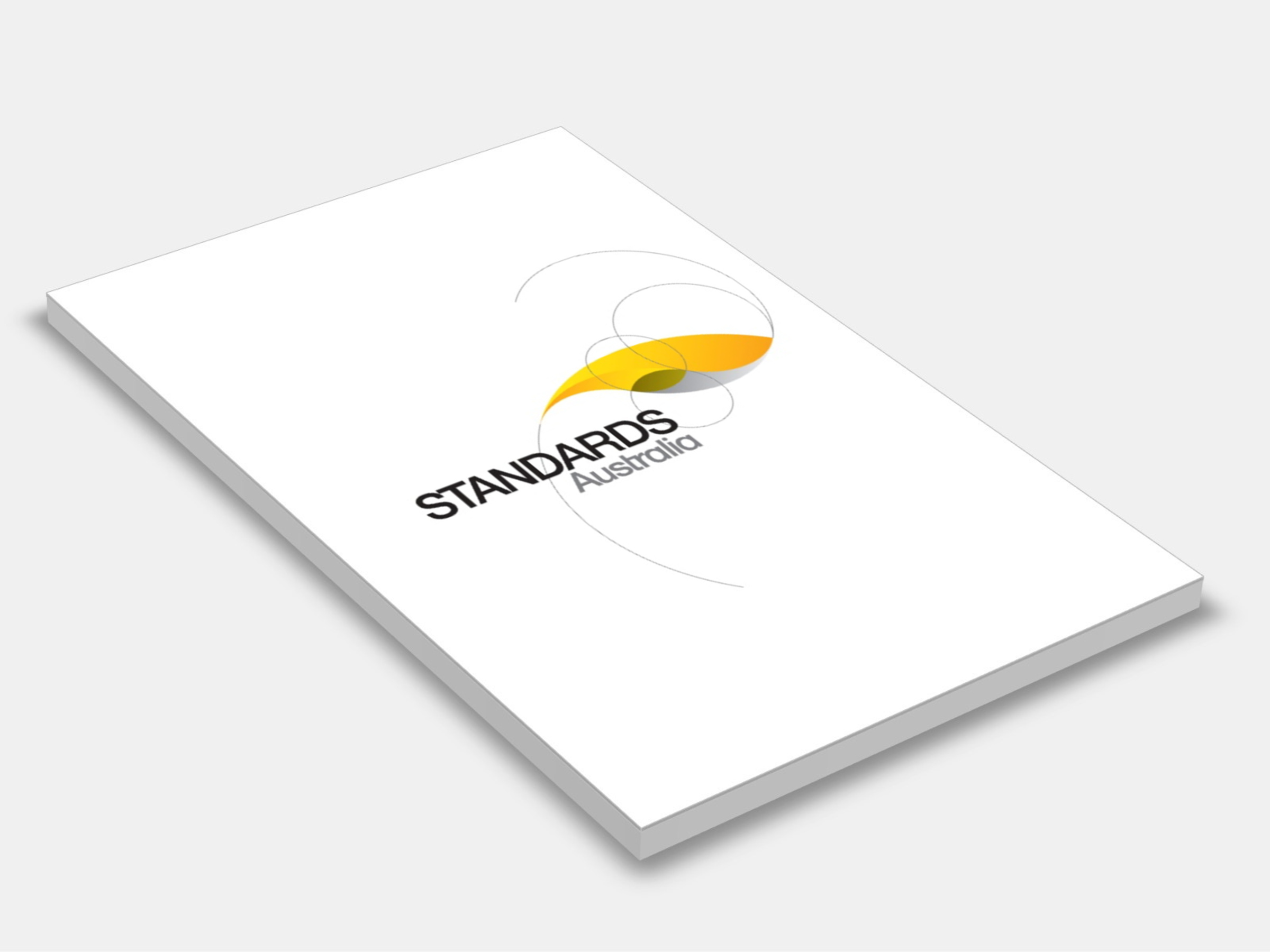
Type
Publisher
Standards Australia
Publisher
Standards Australia
Version:
Second Edition 2017.
(Current)
Short Description
Sets out requirements for materials for use as pliable building membranes (also known as sarking or underlay), when used either independently or as a facing to other materials, such as insulation materials, and as control functions for water, thermal vapour or air control.

Type
Publisher
Standards Australia
Publisher
Standards Australia
Version:
First Edition 2015.
(Current)
Short Description
Sets out procedures for the assessment of internal wall and ceiling linings according to their tendency to ignite; their tendency to release heat once ignition has occurred; their tendency to cause flashover; their tendency to release smoke; and their contribution to fire growth.
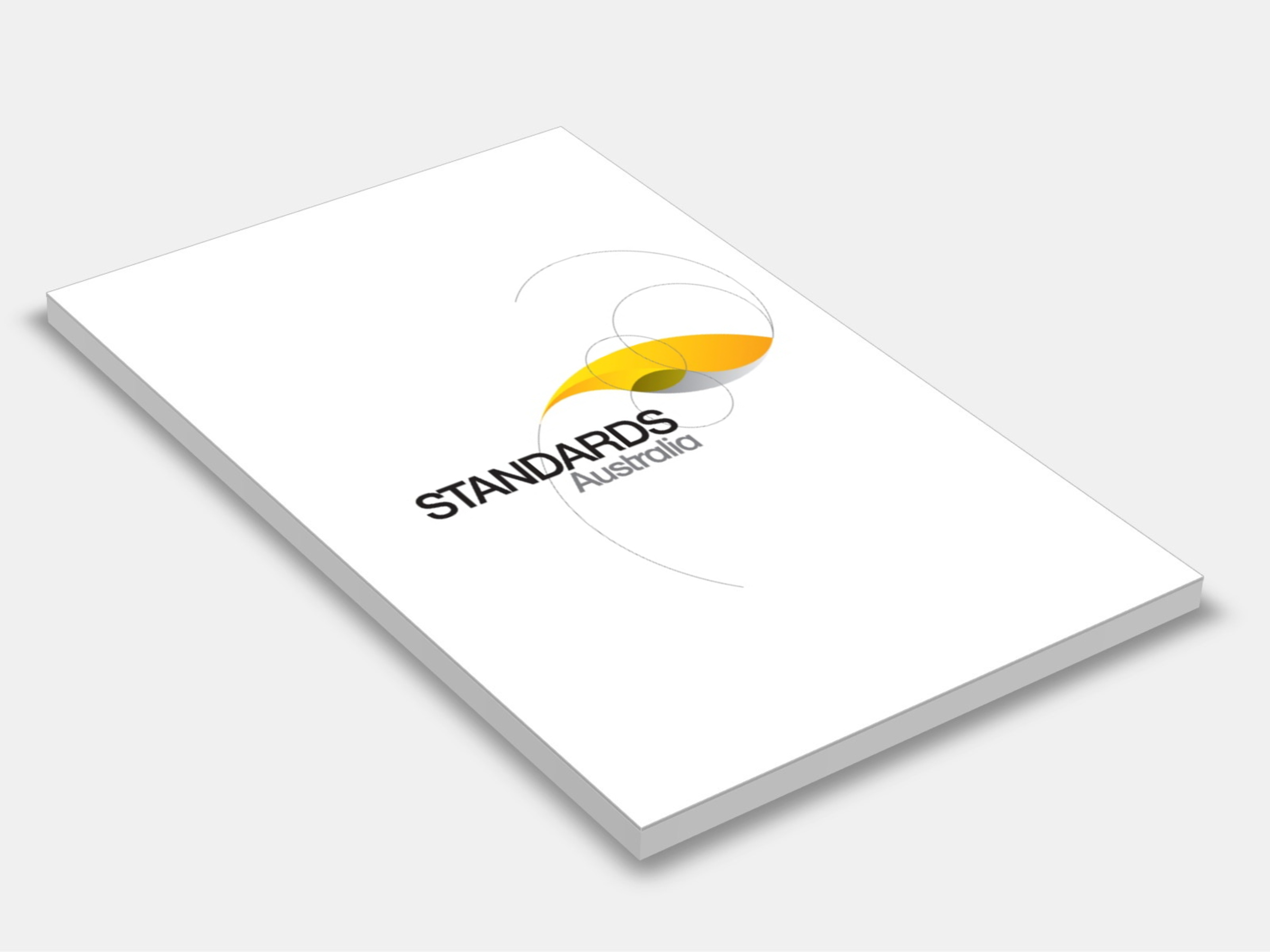
Type
Publisher
Standards Australia
Publisher
Standards Australia
Version:
Third Edition 2015.
(Current)
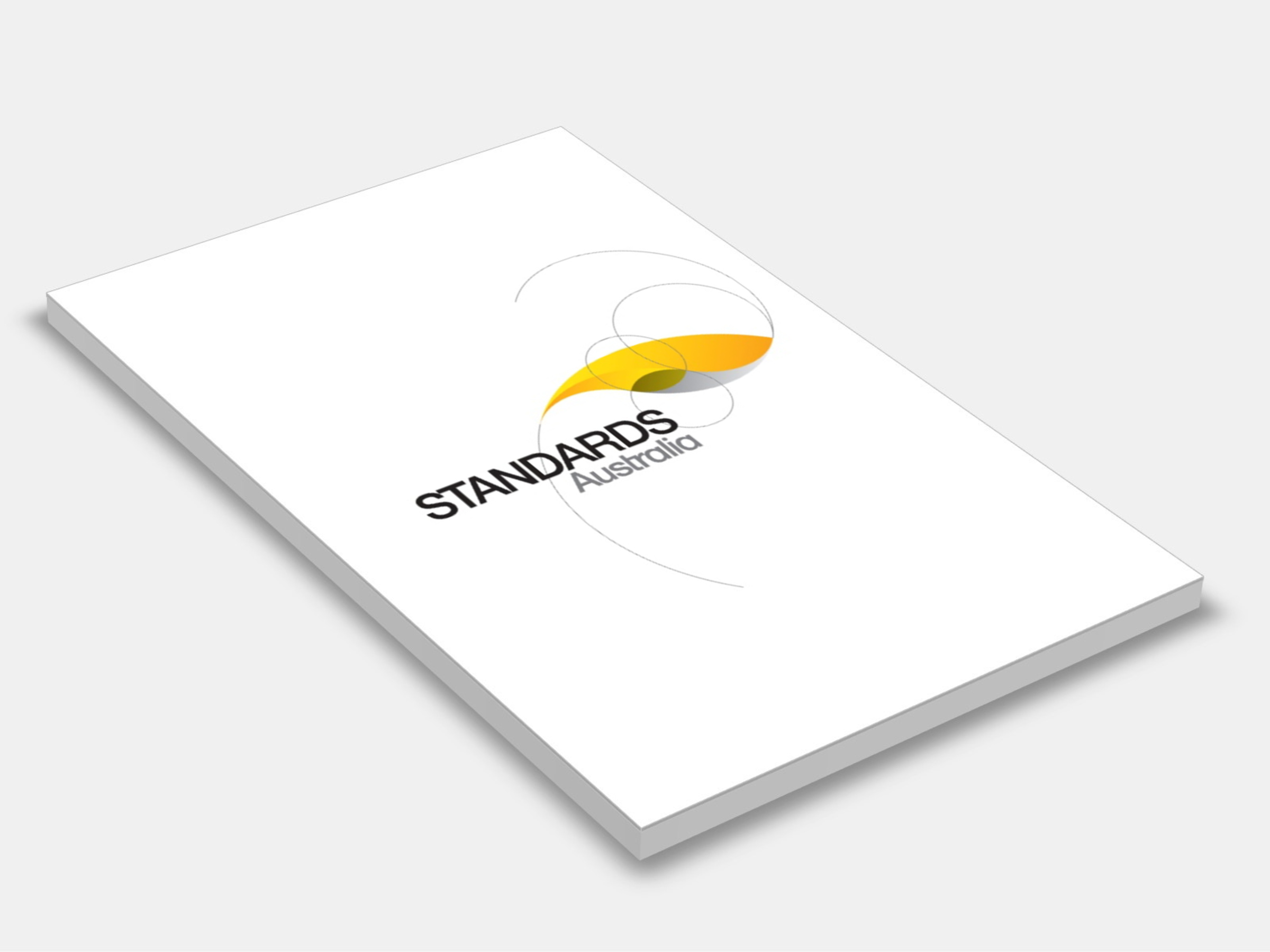
Type
Publisher
Standards Australia/Standards New Zealand
Publisher
Standards Australia/Standards New Zealand
Version:
Third Edition 2011.
(Pending Revision)
Short Description
Specifies minimum requirements for the design, installation and commissioning of air-handling and water systems of buildings for the purposes of microbial control. It does not include requirements for refrigerated room airconditioners and non-ducted split systems.
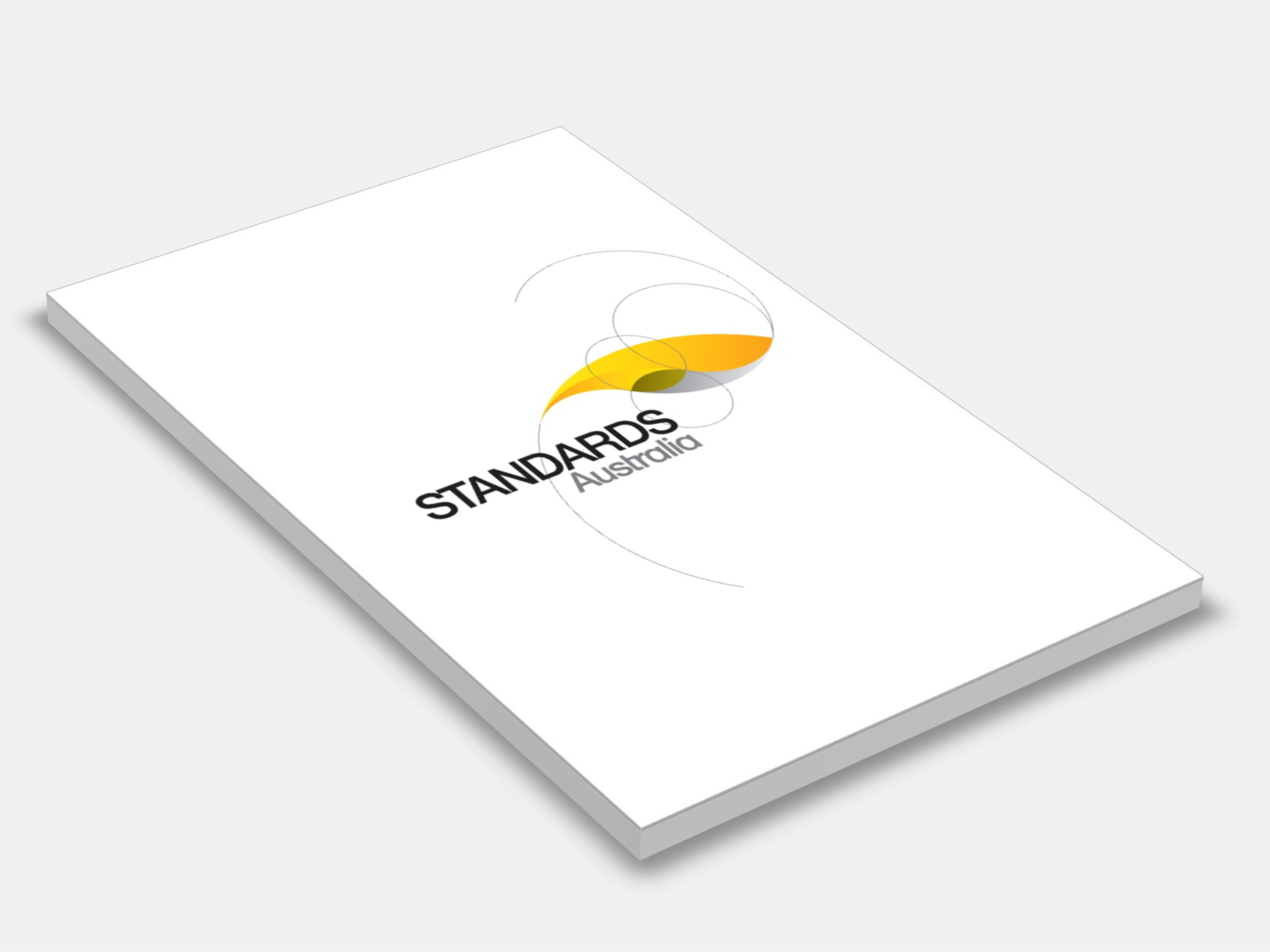
Type
Publisher
Standards Australia
Publisher
Standards Australia
Version:
Second Edition 2014.
(Current)
Short Description
Specifies the criteria for assessing the effectiveness of termite management systems intended for use in buildings and structures as required by AS 3660.1 or AS 3660.2; also outlines procedures to assess the ability of a system and its components to manage termite activity in and around buildings and structures.
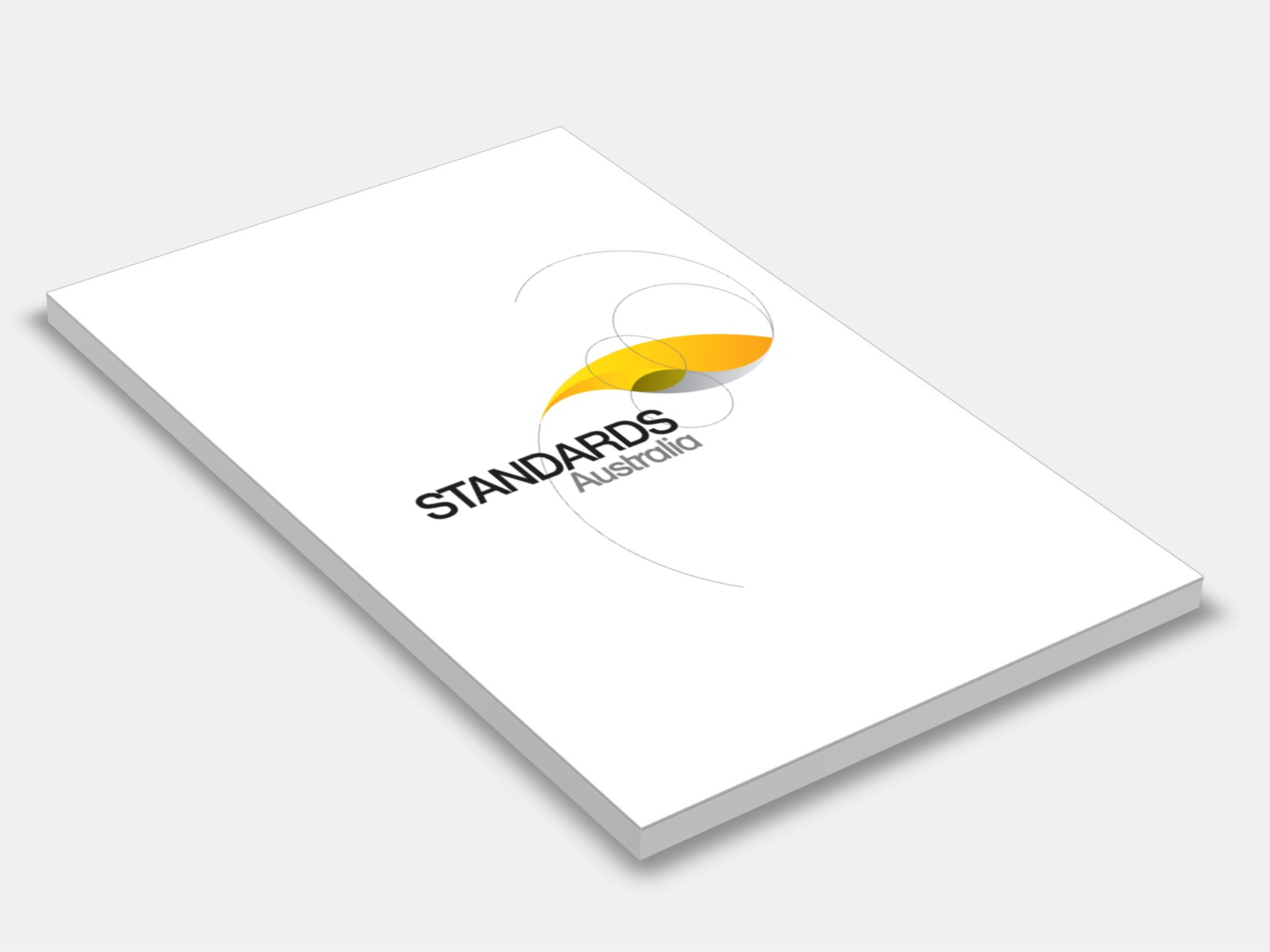
Type
Publisher
Standards Australia/Standards New Zealand
Publisher
Standards Australia/Standards New Zealand
Version:
First Edition 1998.
(Current)
Short Description
Sets out a test method for the determination of ignitability, heat release rates, mass loss rates, effective heat of combustion and smoke release of materials and products when exposed to controlled levels of radiant heating.
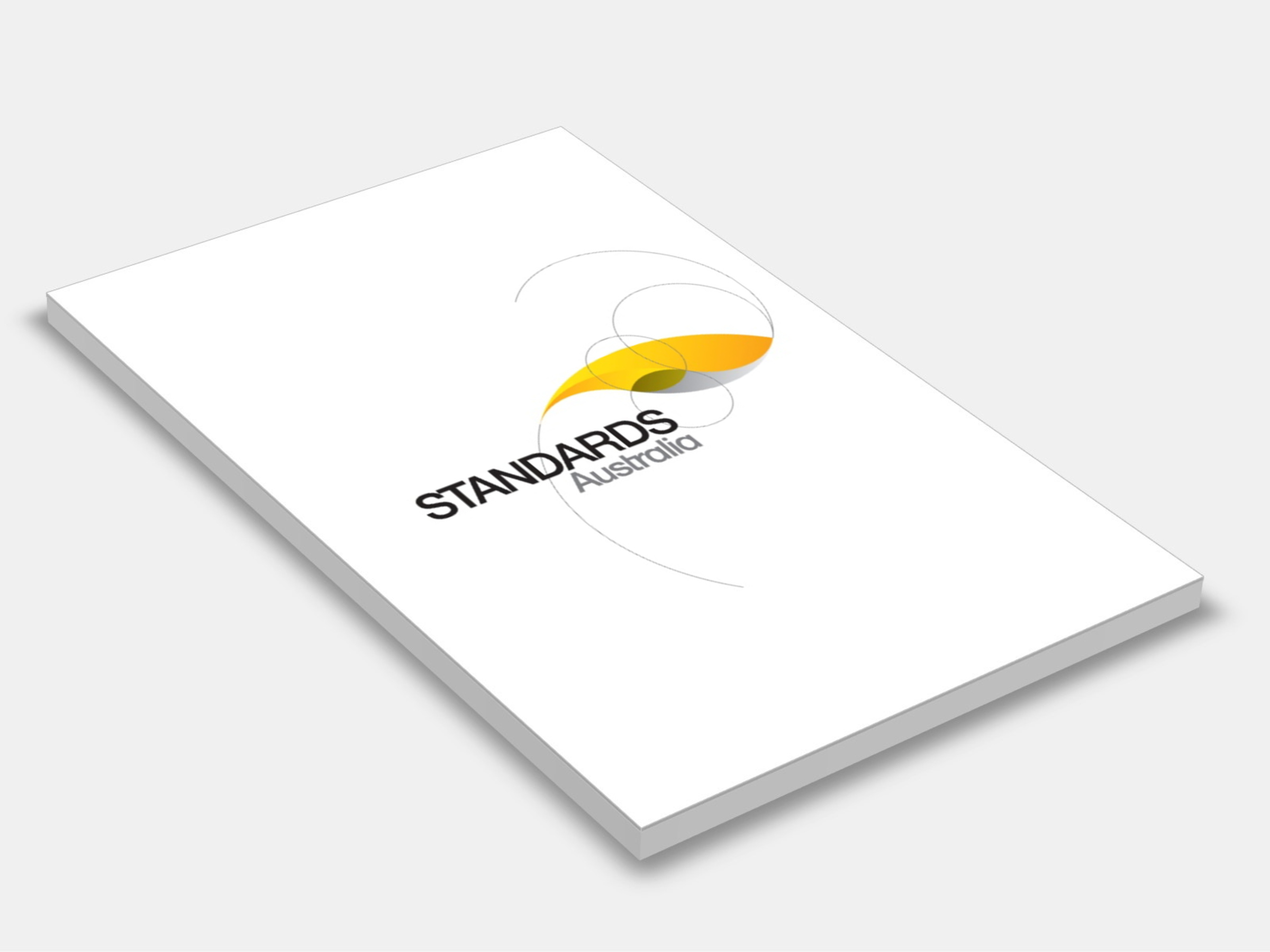
Type
Publisher
Standards Australia
Publisher
Standards Australia
Version:
First Edition 1997.
(Current)
Short Description
Sets out the procedure for determining the resistance of a soil to penetration by a flat ended rod of 16 ±0.2 mm diameter driven with a 9 kg mass, dropping 600 mm; use of the method is limited to granular soils with a maximum particle size not exceeding 2 mm, and a layer thickness of at least of 450 mm.